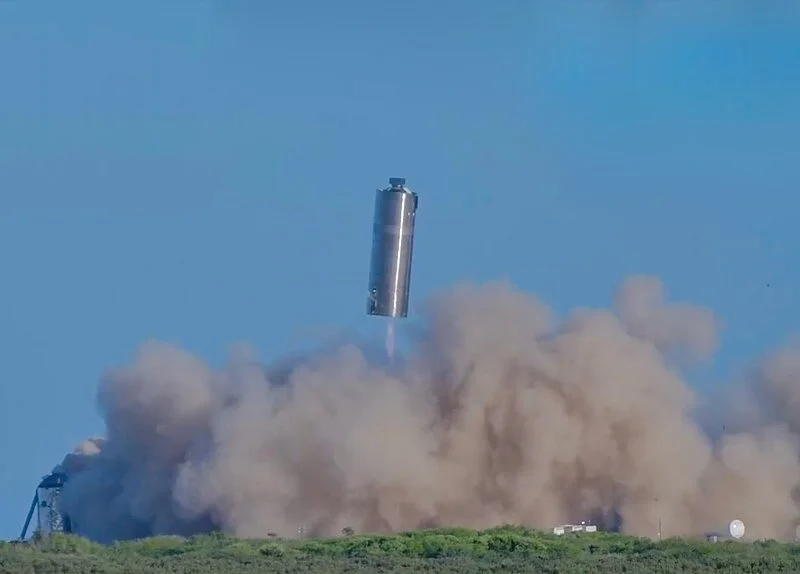A busy time for launches
The next few days are busy. Youtube will have streaming for many of these launches, a search will provide.
On the 28th August, United Launch Alliance are launching their Delta IV Heavy at 7:12am BST (6:16 UTC. 2:16am EDT). This will be a classified payload, codename NROL-44 for the National Reconnaissance Office (so, a spy satellite). Being a heavy lift, it is likely to be heading for geosynchronous orbit. The launch was scrubbed on the 27th.
Then we will have a spaceX launch at 7:19pm EDT (23:19 UTC, or 19 past midnight BST on the 29th). This will be a Falcon 9 launch, and will launch two Saocom satellites for the Argentine space agency into sun-synchronous polar orbits. The applications will be for supporting disaster management and monitoriing for agriculture, mining, and oceans. The boosters will land back at Canaveral.
The third launch wil be at 4:05am BST on August 29th from New Zealand. This is a launch from Rocket Lab, and will be of a 100kg satellite for Earth observation.
Next, we turn our attention to Boca-Chica, where SN6 will be conduction a ‘hop test’ at the SpaceX testing facility in Texas. This is currently pencilled in for 7pm BST (6pm UTC) on the 29th, although that could well change. This is hot on the heels of the SN5 test, as SpaceX move along with the designs for their next-generation rocket: Starship.
Then it is back to Florida on Sunday August 30th at 3:08pm BST (2:08pm UTC, 10:08am EDT) for a Falcon 9 launch of yet more starlink satellites. As I write, this launch is ‘no go’, but that is most likely holding on the result of the previous two launches in Florida.
There’s more! At 1am BST on August 31st (midnight UTC, 8pm EDT on 30th), Interstellar Technologies’ MOMO flight 7 is scheduled to launch from Hokkaido, Japan to make a sub-orbital flight. Momo has had one successful launch so far and four failures. It is a tiny 10m rocket. Currently this is ‘no go’.
August 31st at 3am BST (Aug 30th 11pm EDT, 6pm in Juneau, Alaska) sees the Maiden flight of the Astra 3.1 rocket from the Pacific Spaceport complete on Kodiak Island. Given the location of launch, the orbit is likely to be polar. Being a maiden flight, payloads are not known. The rocket is designed for ‘small satellites’.
Then on September 1st at 2:51am BST, ESA launch the Vega rocket from French Guiana. It is a ‘proof of concept’ flught for the small satellite mission service. The payload will be dozens of satellites.
Phew! After that, it is all quiet until the 29th, when a Soyuz launches from the Plesetsk Cosmodrome.
Title Image Source (Public Domain)
Recent Space Posts
All Space posts








